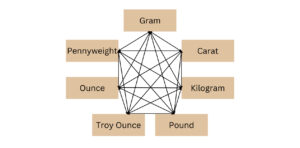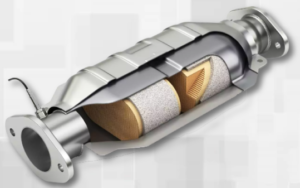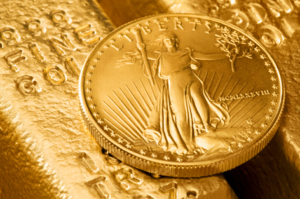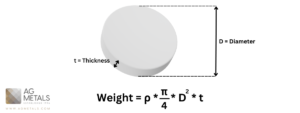The Difference Between Numismatic and Bullion Coins and Which One is Right for You
As a precious metals expert, I am often asked about the difference between numismatic and bullion coins and which one is right for an investor. Numismatic coins are collectible coins that have value due to their rarity, historical significance, or other unique characteristics. Bullion coins, on the other hand, are primarily valued for their metal content and are bought and sold based on the current market price of the metal they contain. Both types of coins have their advantages and disadvantages, and the right choice for an investor will depend on their investment goals and personal preferences.
Numismatic coins are often sought after by collectors for their rarity and historical significance. They may have been minted in limited quantities, have unique designs or features, or have been used for special purposes such as commemorative coins. The value of numismatic coins is not only determined by the metal content, but also by factors such as their condition, rarity, and historical significance. Because of these factors, the price of numismatic coins can be significantly higher than their metal content value.
Investing in numismatic coins can be a good way to diversify a precious metals portfolio and potentially realize a significant return on investment. However, investing in numismatic coins can also be riskier than investing in bullion coins because their value is not solely determined by the current market price of the metal they contain. The value of numismatic coins can fluctuate based on collector demand and market trends, which can make them more difficult to value and sell than bullion coins.
Bullion coins, on the other hand, are primarily valued for their metal content and are bought and sold based on the current market price of the metal they contain. They are often seen as a more straightforward investment because their value is tied directly to the price of the metal they contain. Because of this, investing in bullion coins can be a good way to hedge against inflation and protect against economic uncertainty.
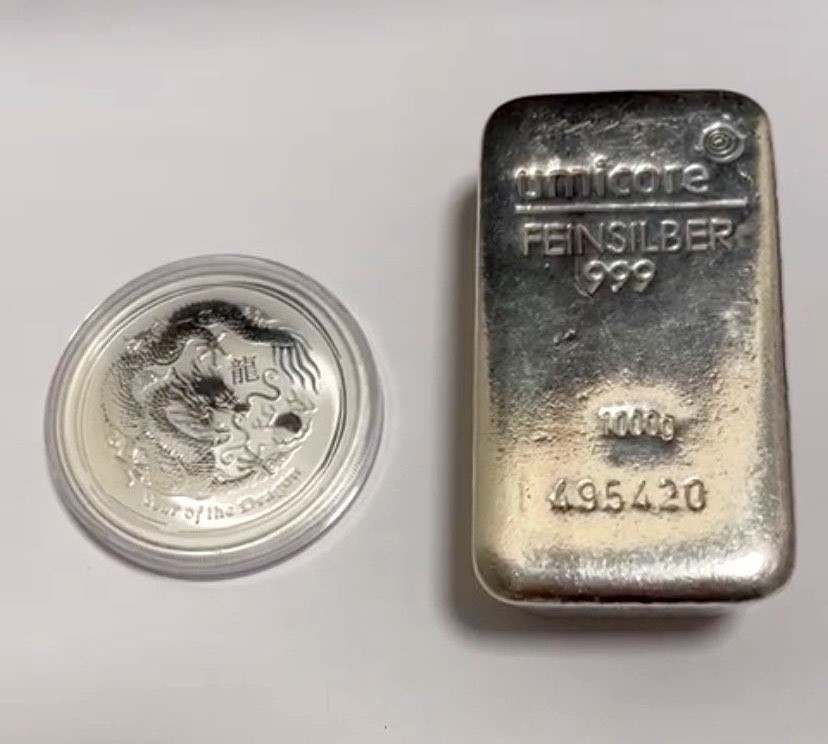
Investing in bullion coins can also be a more liquid investment than investing in numismatic coins because they are more widely traded and their value is more easily determined. Bullion coins are often produced by government mints and are widely recognized, which can make them easier to sell and trade than numismatic coins. However, investing in bullion coins can also be less exciting than investing in numismatic coins because they lack the historical significance and unique features that make numismatic coins so appealing to collectors.
So, which one is right for you? The answer to that question will depend on your investment goals and personal preferences. If you are looking to invest in precious metals purely as a way to protect your wealth and hedge against inflation, then bullion coins may be the right choice for you. Bullion coins are a simple and straightforward investment that can provide a reliable store of value in uncertain economic times.
However, if you are interested in collecting coins and potentially realizing a significant return on investment, then numismatic coins may be the right choice for you. Numismatic coins can be a more exciting and potentially lucrative investment than bullion coins, but they also come with more risks and can be more difficult to value and sell.
It is important to remember that investing in precious metals is just one part of a diversified investment portfolio. Precious metals should be viewed as a long-term investment and should be held in conjunction with other asset classes such as stocks, bonds, and real estate. Before investing in precious metals, it is important to do your research and consult with a financial advisor who can help you determine the right investment strategy for your individual needs.
In conclusion, the difference between numismatic and bullion coins is primarily based on their value determinants. Numismatic coins are valued based on their rarity, historical significance, and unique features, while bullion coins are valued based on the current market price of the metal they contain. Each type of coin has its advantages and disadvantages, and the right choice for an investor will depend on their investment goals and personal preferences.
Investors who are interested in numismatic coins should be aware of the risks involved in this type of investment. While numismatic coins can potentially provide significant returns, they are also subject to fluctuations in demand and collector interest, which can make them difficult to value and sell. It is important for investors to do their research and work with reputable dealers when purchasing numismatic coins to ensure that they are getting a fair price and high-quality coins.
Investors who are interested in bullion coins should also be aware of the risks involved in this type of investment. While bullion coins are a more straightforward investment, they are still subject to fluctuations in the market price of the metal they contain. Investors should be prepared for short-term fluctuations in the price of precious metals and should view their investment in bullion coins as a long-term strategy.
Ultimately, the decision to invest in numismatic or bullion coins will depend on an investor’s goals, risk tolerance, and personal preferences. Some investors may choose to invest in both types of coins as part of a diversified portfolio, while others may choose to focus on one or the other. Whatever the choice, it is important for investors to do their research, work with reputable dealers , and have a long-term investment strategy in place to ensure the best possible outcomes for their investment in precious metals.




